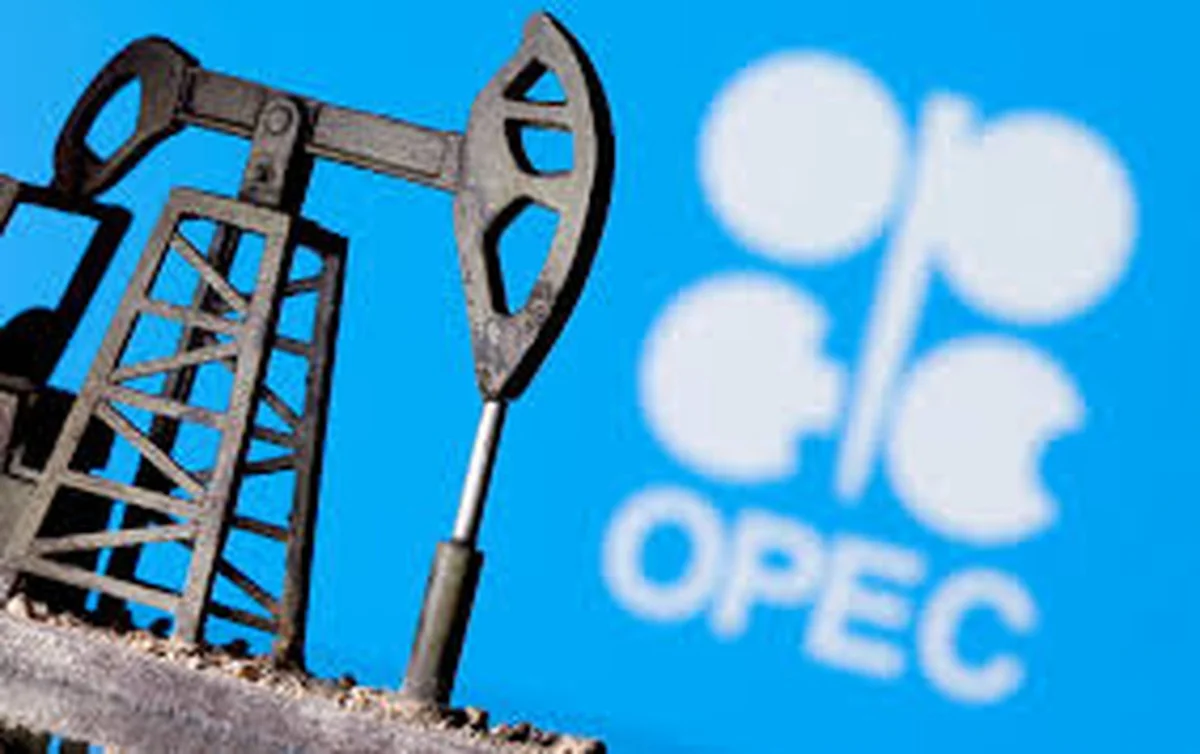10/05/2025
10/05/2025

LAST week, OPEC+ decided to increase crude oil output for this month and the next. This appears to be in support of the trend of lowering oil prices. Or perhaps it is a warning to member c o u n t r i e s that have been exceeding their agreed production quotas in violation of OPEC’s resolutions. Currently, oil prices are around $ 64 per barrel, a level few expected, and one for which there seems to be no real reason.

OPEC, on the other hand, is currently producing around 30 million barrels per day, which is an increase of 200,000 barrels per day compared to last year. However, this rise in output comes with lower daily revenue due to weaker oil prices, offering little to no financial benefit for OPEC member countries. The root of the issue lies in the noncompliance of two to three member states, whose overproduction has led to huge financial losses for the organization and, more importantly, damaged its reputation as a disciplined and coherent organization.
Events in the coming weeks may provide more clarity on the future of the oil market, particularly with the anticipated visit of the leader of the world’s largest oil-producing country. His meetings with the heads of GCC countries could help stabilize the market, or potentially signal the beginning of a new oil order. For now, we await the outcomes and their effect on global oil prices. One thing is clear: the current level of $64 per barrel is unlikely to last. A rebound to around $70 by year-end seems more probable.
By Kamel Al-Harami
Independent Oil Analyst
Independent Oil Analyst
Email: [email protected]


